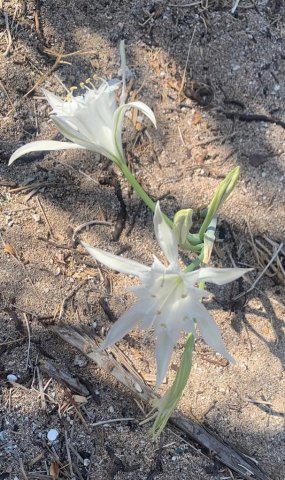The daffodil is a perennial, trumpet-like flower that blooms at the end of the winter season and is a sign that warmer and sunnier days are coming. You can imagine my surprise to stumble on so many yesterday when our summer is almost over! Being a spring blossom, daffodils represent rebirth, and hence hope. Having weathered the harsher winter days, the resilience of this flower to dart indicates joy, renewed energies, and the appreciation to be alive. In Chinese culture, daffodils symbolize good fortune, good luck, and prosperity.
Daffodil is the common name for the plant genus narcissus, which has its origins in Greek Mythology. Narcissus was so infatuated with his own beauty that he kept watching his reflection in a pool of water. When he died, a flower sprouted in his place and was named after him. Daffodils are also named jonquils. There are more than 50 different Narcissus species and some 25.000 cultivars! They come in multiple colors, but the most common ones are yellow and white.
Daffodils enjoy the sun but can tolerate some light shade. If you want to plant some in your garden, you need to make sure their soil is slightly acidic and is kept moist, but not wet. You don't want the bulbs to rot. Planting the bulbs should be done in the fall, a few weeks before the first frost. Daffodils bloom once in a season. When you notice the petals fading, it is recommended to leave them dry out and avoid cutting them off. Daffodils require little care. With time, the plant might bloom smaller and fewer flowers. This is your cue to divide the clumo of bulbs after the leaves have died down and to replant individual bulbs.
Happy gardening 🌱

